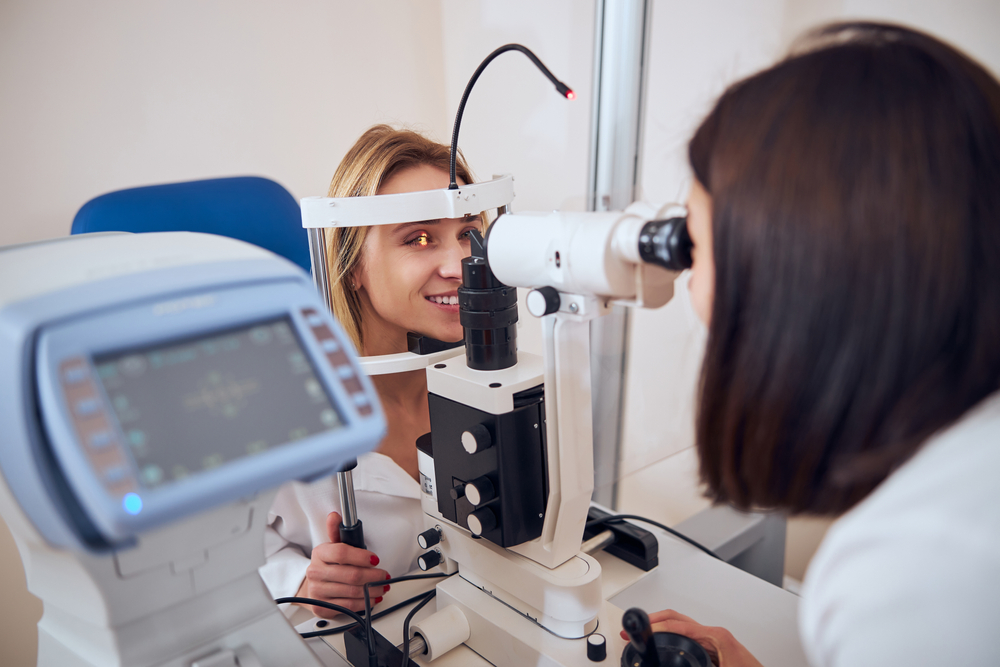
Routine eye exams are essential for maintaining healthy vision at every stage of life. However, the approach to examining a child’s eyes versus an adult’s can differ significantly. At Eye Rx, we tailor each exam to the patient’s age, needs, and developmental stage to ensure the best care possible. Understanding these differences can help parents and adults alike know what to expect during their next visit.
Focus and Purpose of the Exam
Pediatric eye exams are primarily focused on developmental milestones and detecting early vision issues that could affect learning or coordination. These exams often assess visual acuity, eye alignment, tracking, and focusing skills to identify problems such as amblyopia (lazy eye) or strabismus (crossed eyes) early on.
Adult eye exams, on the other hand, are geared toward preserving vision and detecting disease. While vision correction is still a key part of the process, adult exams also screen for conditions like glaucoma, cataracts, macular degeneration, and diabetic eye disease—issues that become more common with age.
Testing Methods and Communication
Children’s exams are designed to be interactive and age-appropriate. Since young children may not yet know their letters or numbers, optometrists use shapes, symbols, or pictures to measure visual acuity. Pediatric exams often incorporate games or visual activities to keep kids engaged and relaxed during testing.
Adult exams tend to be more technical and detailed. Adults can provide feedback on what they see, allowing for precise measurements during refraction and other diagnostic tests. Adults may also undergo more advanced imaging or dilation to assess the health of internal eye structures.
Frequency of Exams
The recommended frequency for eye exams also differs by age:
• Children should have their first eye exam at around 6 months old, another at age 3, and again before starting school. Afterward, annual exams help monitor visual development.
• Adults generally need an exam every year, depending on age, risk factors, and overall eye health. Those with chronic conditions like diabetes or a family history of eye disease may need more frequent visits.
Eye Conditions Common to Each Age Group
Children are more likely to experience:
• Refractive errors such as nearsightedness or farsightedness
• Lazy eye (amblyopia)
• Eye coordination issues
Adults face increased risks of:
• Glaucoma
• Cataracts
• Age-related macular degeneration
• Presbyopia (age-related near vision loss)
Get Expert Eye Care for the Whole Family at Eye Rx
While both adult and pediatric eye exams aim to ensure clear, healthy vision, the methods, goals, and frequency differ based on developmental and health factors. By scheduling regular, age-appropriate eye exams, patients of all ages can maintain strong vision and catch potential issues before they progress.
Whether you’re booking your child’s first appointment or due for your own annual exam, Eye Rx offers comprehensive care for the whole family. Contact us in Washington, DC at (202) 659-2010, Chevy Chase, MD at (301) 450-8300, Arlington, VA at (703) 553-1094, Dumfries, VA at (571) 404-0188, Stone Ridge, VA at call (703) 646- 8002, or Aldie, VA at (703) 646-8002.







